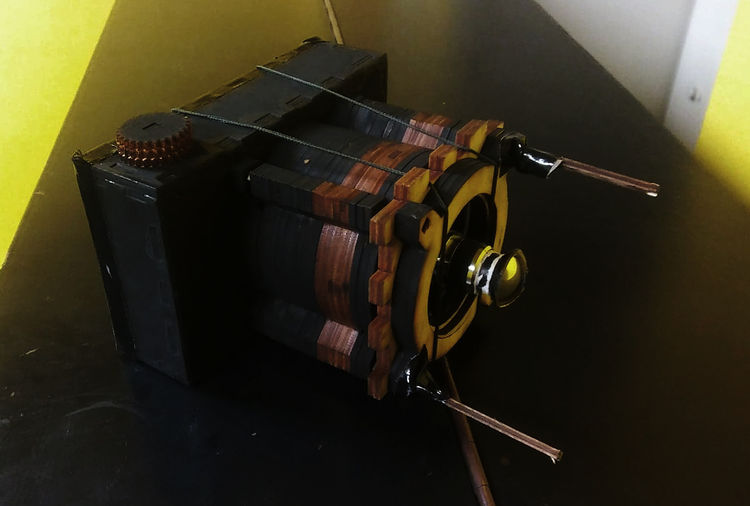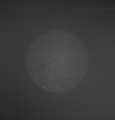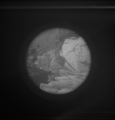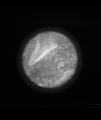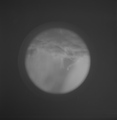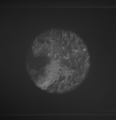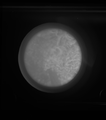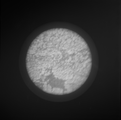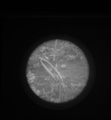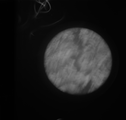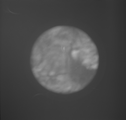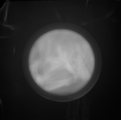User:~brumatana/focal camera: Difference between revisions
~brumatana (talk | contribs) No edit summary |
~brumatana (talk | contribs) No edit summary |
||
| Line 44: | Line 44: | ||
I was always amused by micro-landscapes, thinking about how our life would be if we could take a walk on the tree bark or how lost would we feel in the middle of the gravel if we were the size of a very small scrabbling insect. Or new dimensions of our wide environment through the eyes of a bacteria. But who knows, ever organism perceives the world in a totally different way, so we can just imagine and explore and try to overcome our boundaries of our perception and imagination. | ::I was always amused by micro-landscapes, thinking about how our life would be if we could take a walk on the tree bark or how lost would we feel in the middle of the gravel if we were the size of a very small scrabbling insect. Or new dimensions of our wide environment through the eyes of a bacteria. But who knows, ever organism perceives the world in a totally different way, so we can just imagine and explore and try to overcome our boundaries of our perception and imagination. | ||
I used microscope lenses for my focal camera. Optical microscopes have a high-powered magnifying glass; a single convex lens or groups of lenses that magnifies the image placed in the focal plane. it has a very short focal lenth and I defined with two stick that protrude from the front. The ray that comes through the lens is very thin and covers just a small part on the film, so I had to increase the distance between lens and film. In the same time the image was magnified more and more. I found an adequate proportion between the enlargement and coverage of the film. On common cameras the lenses magnify the size of the image in a way that becomes bigger than the frame, so we can get the rectangle, but on my camera we can see all the spectre of the lens. | ::I used microscope lenses for my focal camera. Optical microscopes have a high-powered magnifying glass; a single convex lens or groups of lenses that magnifies the image placed in the focal plane. it has a very short focal lenth and I defined with two stick that protrude from the front. The ray that comes through the lens is very thin and covers just a small part on the film, so I had to increase the distance between lens and film. In the same time the image was magnified more and more. I found an adequate proportion between the enlargement and coverage of the film. On common cameras the lenses magnify the size of the image in a way that becomes bigger than the frame, so we can get the rectangle, but on my camera we can see all the spectre of the lens. | ||
The shutter is manual and it needs very short exposure. | The shutter is manual and it needs very short exposure. | ||
When shooting the camera has to stand still. | When shooting the camera has to stand still. | ||
Revision as of 06:46, 27 October 2018
==microscope focal camera==
microscope
/ˈmʌɪkrəskəʊp/
an optical instrument used for viewing very small objects, such as mineral samples or animal or plant cells, typically magnified several hundred times.
A microscope (from the Ancient Greek: μικρός, mikrós, "small" and σκοπεῖν, skopeîn, "to look" or "see") is an instrument used to see objects that are too small to be seen by the naked eye. Microscopy is the science of investigating small objects and structures using such an instrument. Microscopic means invisible to the eye unless aided by a microscope.
>>Optical_microscope optical microscope_Wiki
- I was always amused by micro-landscapes, thinking about how our life would be if we could take a walk on the tree bark or how lost would we feel in the middle of the gravel if we were the size of a very small scrabbling insect. Or new dimensions of our wide environment through the eyes of a bacteria. But who knows, ever organism perceives the world in a totally different way, so we can just imagine and explore and try to overcome our boundaries of our perception and imagination.
- I used microscope lenses for my focal camera. Optical microscopes have a high-powered magnifying glass; a single convex lens or groups of lenses that magnifies the image placed in the focal plane. it has a very short focal lenth and I defined with two stick that protrude from the front. The ray that comes through the lens is very thin and covers just a small part on the film, so I had to increase the distance between lens and film. In the same time the image was magnified more and more. I found an adequate proportion between the enlargement and coverage of the film. On common cameras the lenses magnify the size of the image in a way that becomes bigger than the frame, so we can get the rectangle, but on my camera we can see all the spectre of the lens.
The shutter is manual and it needs very short exposure. When shooting the camera has to stand still.

